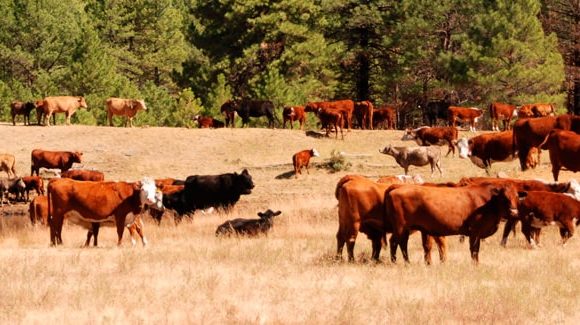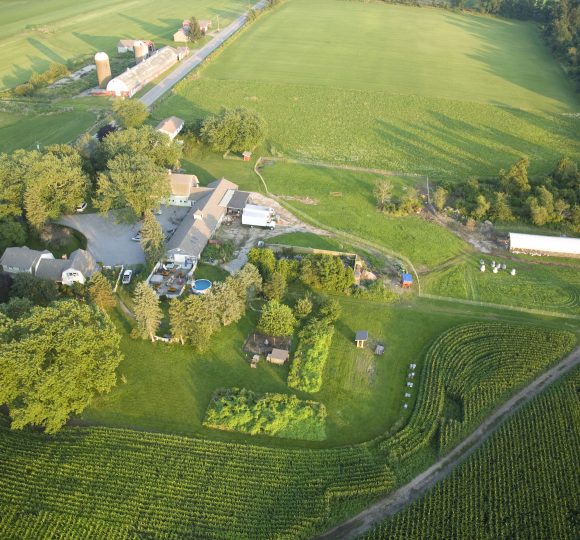This guide presents farmers and ranchers with a straight-up view of environmental markets: what they are, how they work and which ones can be most useful in helping to support agricultural operations. Most active farms and ranches preserve and generate environmental benefits. An environmental market makes it possible to buy and sell credits for environmental activities such as restoring wetlands, improving water quality or storing carbon. Markets for environmental benefits have been operating in the United States for many years, but recent developments have increased their potential as sources of on-farm income.
This guide answers several questions about the use of markets in farm and ranch communities:
1. What are environmental markets?
2. How can farmers and ranchers produce environmental credits?
3. Who would be interested in buying such credits and why?
4. What is a credit worth and how much does it cost to produce one?
5. What additional requirements must be met to sell credits, such as contracting, insurance, monitoring and certification?
6. How can farmers and ranchers work together to leverage their market position and accelerate the development of markets?





